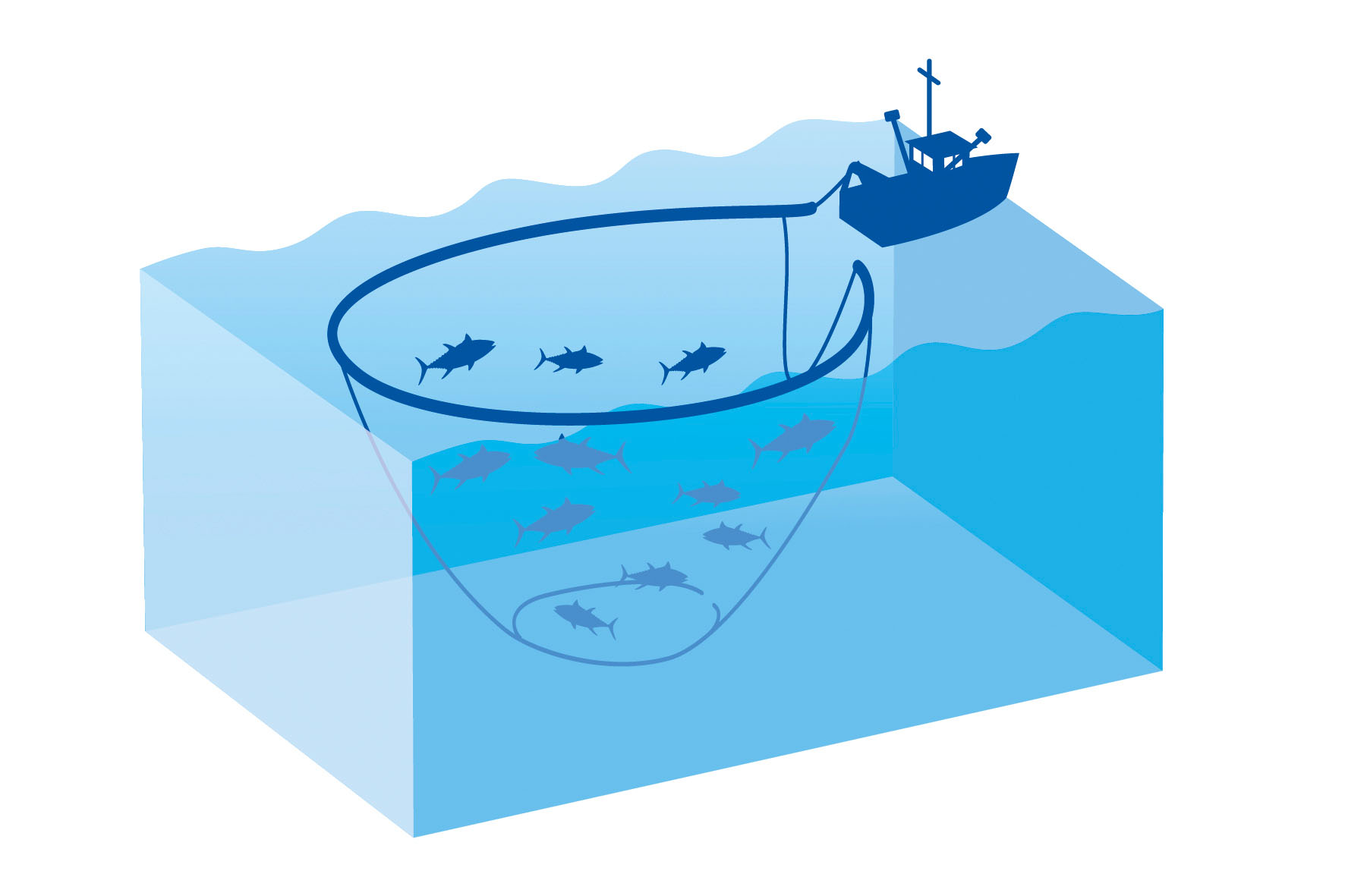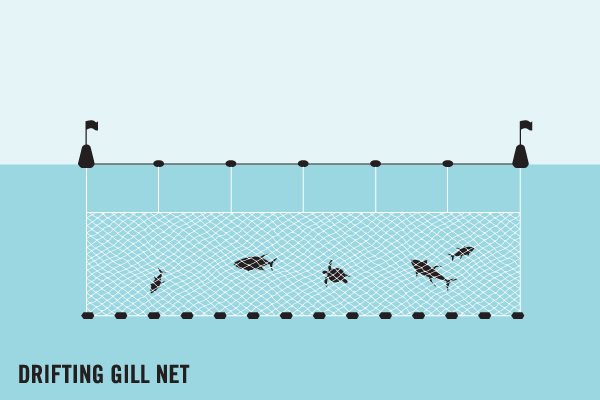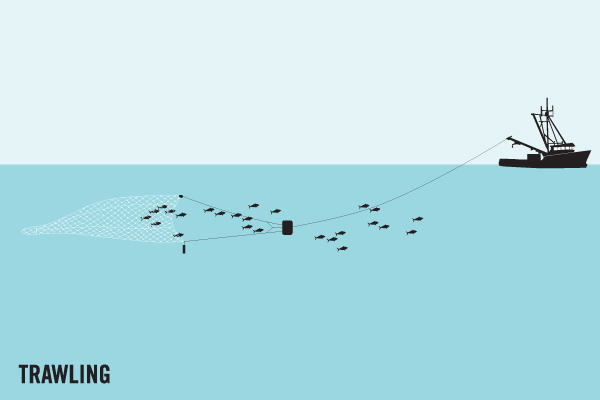Average Weight/Length
Other "Popular" Names for this Fish
Location Habitat
Biology & Physical Description
Geographic Species Map (Fishbase.org Map)
|
|

|
Summary of Distribution: Western Atlantic: Canada to Massachusetts, USA to São Paulo, Brazil. Eastern Central Atlantic: St. Paul's Rocks |
|
Note: Distribution range colors indicate degree of suitability of habitat which can be interpreted as probabilities of occurrence (fishbase.org) |
|
Sport Fishing Techniques
|
|
TrollingA trolling boat has multiple outriggers, poles and lines attached that use lures dragged across the ocean surface at speeds of 4 – 10 knots. Large beefy hooks are used with special durable lures allowing the fisherman to easily unhook the gamefish that has been caught and quickly get their lines back into the water. The larger the lures, the larger the potential fish, the larger the hooks. A tuna boat will usually make slow wide circles when trolling. A billfish boat will usually work ledges, fathom lines, zig zag area coordinates or make trolling circles if bait or a porpoise school is located and/or if they are fishing a FAD.. |
|
|
|
Gill netsGill-nets are the dominant gear in the Indian Ocean. Gill-nets are used in artisanal and semi-industrial fisheries, contributing to 30-40% of the total catch. The net design is comprised of continuous panels of uniform mesh size, aimed to trap fish behind the gills. The International Sustainable Seafood Foundation (ISSF) notes that rates of sharks and turtle by-catch in Indian Ocean gill-net fisheries are high.. |
|
|
|
River DriftRiver Drift means to use the.... |
|
|
|
TrawlingTrawling is when.... |
|
Tackle & Baits
Game Rating
Game Rating : 7.5/10
Game Description :
Outstanding on light tackle; very fast runs.
Food Rating
Game Rating : 8/10
Game Description :
If you like rich, rather dark fillets, they are great broiled or skinned and fried. Good smoked, too.
Picture (Fish)
|
|
|
|
|
|
Picture Mount
|
|
|
|
|
|
|
|
|




















 King Mackerel
King Mackerel 














